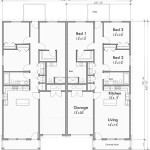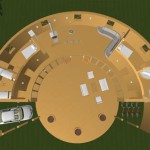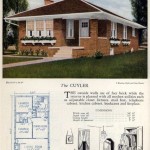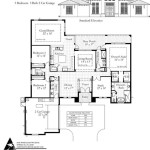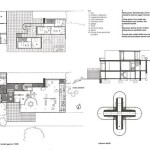Plumbing Plan for a House: Essential Aspects
A well-designed plumbing plan is crucial for a functional and comfortable home. It ensures efficient water distribution, proper drainage, and waste removal. Here are the essential aspects to consider when creating a plumbing plan for your house:
1. Water Source and Distribution
First, determine your water source. This could be a municipal supply, a private well, or a rainwater harvesting system. The plan should include the location of the water source, the incoming water line, and the distribution pipes to various fixtures throughout the house.
2. Fixtures and Appliances
Identify the number and location of all fixtures and appliances that require plumbing, such as sinks, toilets, showers, faucets, dishwashers, and washing machines. Consider the water flow requirements and drainage connections for each fixture.
3. Drainage System
The drainage system handles wastewater from fixtures and appliances. The plan should include the location and size of drainpipes, traps, and vents. Proper drainage ensures efficient removal of wastewater and prevents clogs and backups.
4. Water Heater
The water heater provides hot water for the house. The plan should indicate the type, capacity, and location of the water heater. Consider the fuel source and the distribution piping for hot water.
5. Venting System
Vents are essential for proper air circulation in the plumbing system. They allow air to enter or escape, preventing clogging, siphoning, and trap failures. The plan should include the location and size of vents for each fixture.
6. Gas Lines (if Applicable)
If your house uses gas appliances, such as a stove or water heater, the plumbing plan must also include the location and size of gas lines. Proper gas piping ensures safe and efficient gas distribution.
7. Inspection and Maintenance
The plumbing plan should include access points for inspection and maintenance. Clean-outs, test ports, and shut-off valves should be strategically placed to facilitate future troubleshooting and repairs.
8. Compliance with Building Codes
Ensure that your plumbing plan complies with local building codes and regulations. These codes provide guidelines for the sizing, installation, and materials used in the plumbing system.
Conclusion
A comprehensive plumbing plan is essential for a well-functioning and comfortable home. By considering the water source, fixtures, drainage, water heater, venting, and other aspects highlighted above, you can create a system that meets your needs and ensures the efficient and reliable delivery of water and drainage.

How To Create A Residential Plumbing Plan And Piping Plans House Drawing Drawings

Lay Out Electrical Plan Plumbing Design For A Space Saving House Plans Worth How To

How Your Plumbing System Works Harris

How Your Plumbing System Works Harris

How To Create A Residential Plumbing Plan And Piping Plans House Drawing Drawings

Types Of Plumbing House System Diagram

Home Plumbing Diagram Out Of This World

Home Plumbing Systems Super Mario

How To Create A Residential Plumbing Plan And Piping Plans House Drawing Drawings

30 X40 Residential House Plan Dwg File Cadbull Plumbing Layout Plans Hotel Floor

